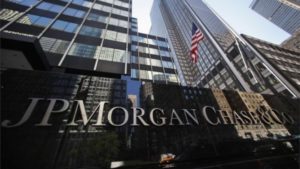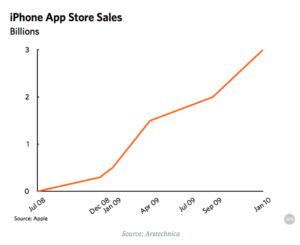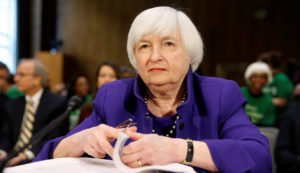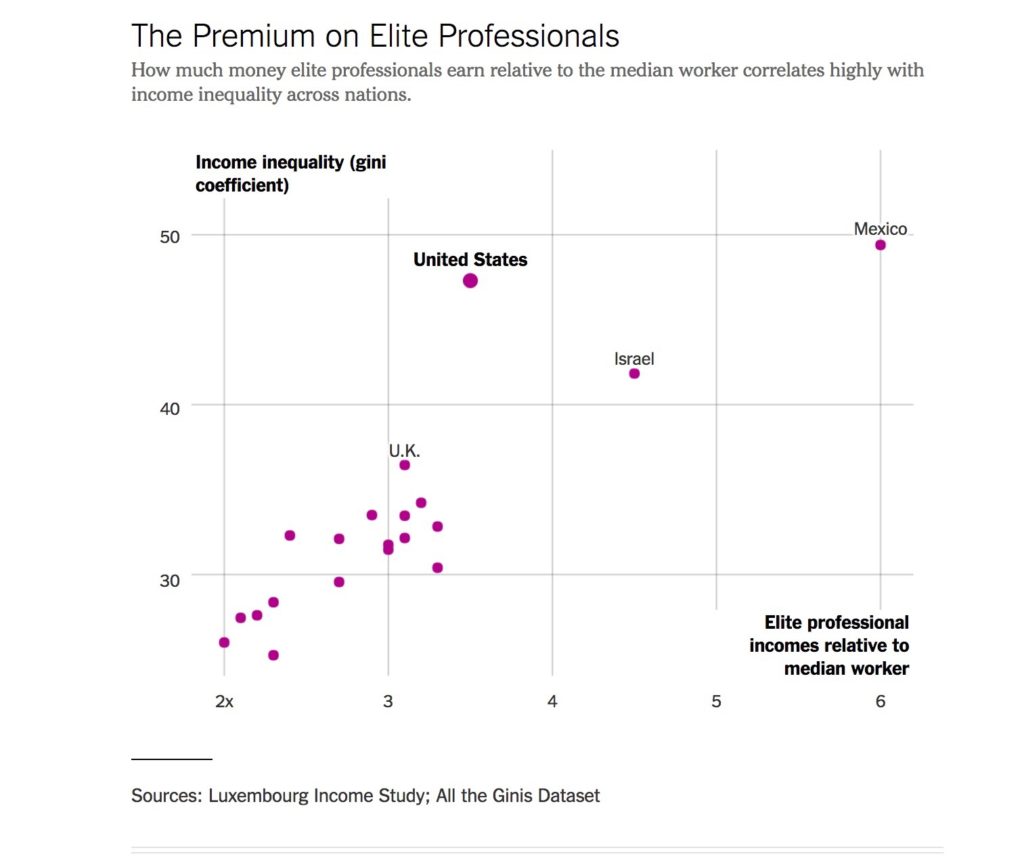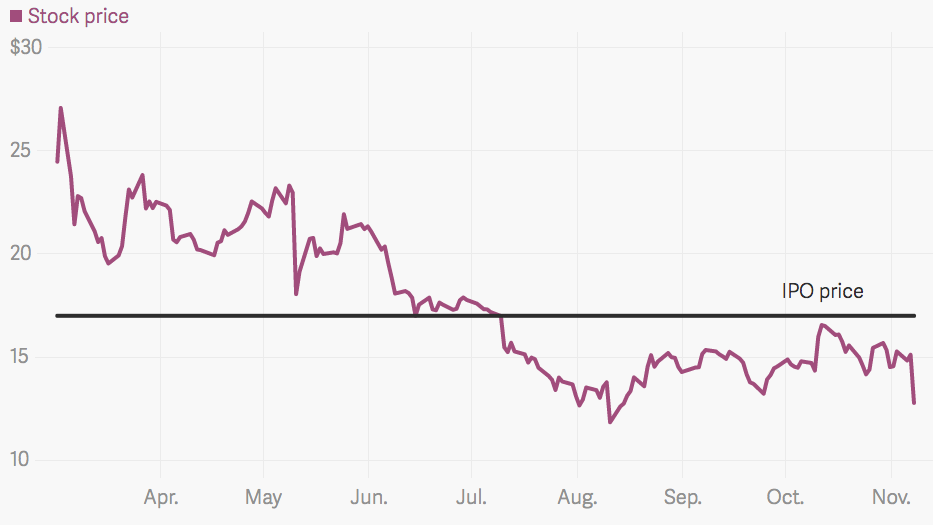Why is Disney the Biggest Studio in Hollywood?
Yutai Han
11/21/17
This post will examine the source of Disney’s success. After the Q4 earnings report came out, commentators said that Disney could still be a stronghold for years to come. That is because Disney’s unique advantage lies in its ability to create iconic animated stories that bring warmth and joy to children and their family throughout the world and the ability to turn the stories into a profitable package, a utopian wonderland of magical calling to children with rich imagination.
Disney’s Q4 earnings report show that their profit from studio entertainment dropped 21%, and other revenues such as media networks dropped as well.
The reasons are twofold. First, audiences are abandoning their cable TV subscription. Disney’s affiliate company, ESPN, is going through a turbulent transformation to launch ESPN Plus, part of a $1.2 billion investment of streaming services to compete with Netflix. Second, this year is a relatively small year for Disney’s film business. Last year, Zootopia and Finding Nemo 2 hit the worldwide theater with a craze, but this year Cars 3 wasn’t too successful. On the other hand, big productions such as Thor 3 and Star Wars: The Last Jedi are released in the end of the year and they are not counted in Q4’s earnings report.
For a lot of these films, the profit brought by selling merchandise can sometimes trump the box office itself. For example, Frozen has sold 3 million princess dresses, profiting $450 million. Since last year, Shanghai Disneyland has sold over 1 million fluffy animals and among them, the bestseller is the magic wand and the Minnie Mouse hairband.
The only increase of revenue came from theme parks by 6%, quarter to quarter. According to the earnings report, this year marks the 25th anniversary for the Disneyland at Paris and revenue from the Disney hotels saw some increase.
Therefore, in turbulent times, Disney’s theme parks are still their main stronghold. Although the domestic revenue was impacted by the hurricane season, but overseas revenue saved it. I haven’t been to the Shanghai Disneyland myself but through several positive accounts that I’ve read online, I’m convinced that it’s comparable to any top theme park experiences. It’s somewhere that you can immerse yourself fully into the beautiful fairytales created by Disney and Pixar, and the exciting worlds of Superhero movies created by Marvel Studios. No wonder that the newly-opened Shanghai Disneyland is the top destination for families with kids. The Disneyland at Shanghai opened its door to Chinese about a year and a half ago, and in a recent report (in Chinese) conducted by the Shanghai Information Center, Disneyland has welcomed over 11 million people, bringing a growth of 0.44% GDP to Shanghai as a city, and creating some 62 thousand jobs. In the same time, the opening of Disneyland helped the city boost its overall tourism industry by a growth of 6.9%, as $25 billion. The report concluded in praising Disneyland as a leader of the tourism industry that brings significant economic improvements.
I read that Disney’s attention to detail was surprising to Chinese contractors, but at the same time, Chinese contractors wanted to cooperate with Disney because they’re hoping to learn from Disney’s high standards. For example, before the construction of the Disneyland, Disney formed an academy of sculptors and evaluated them on their work. Disney hired them only after they’ve qualified for the examination. This is part of the effort of Disney to recreate the world from their movies that the visitors can immediately immerse themselves into.
